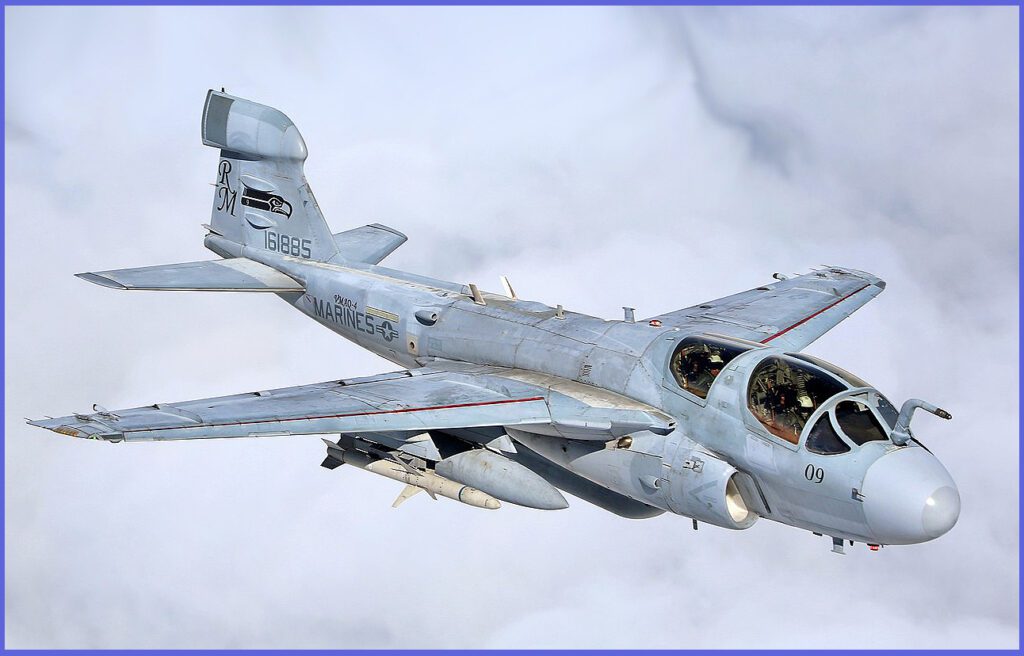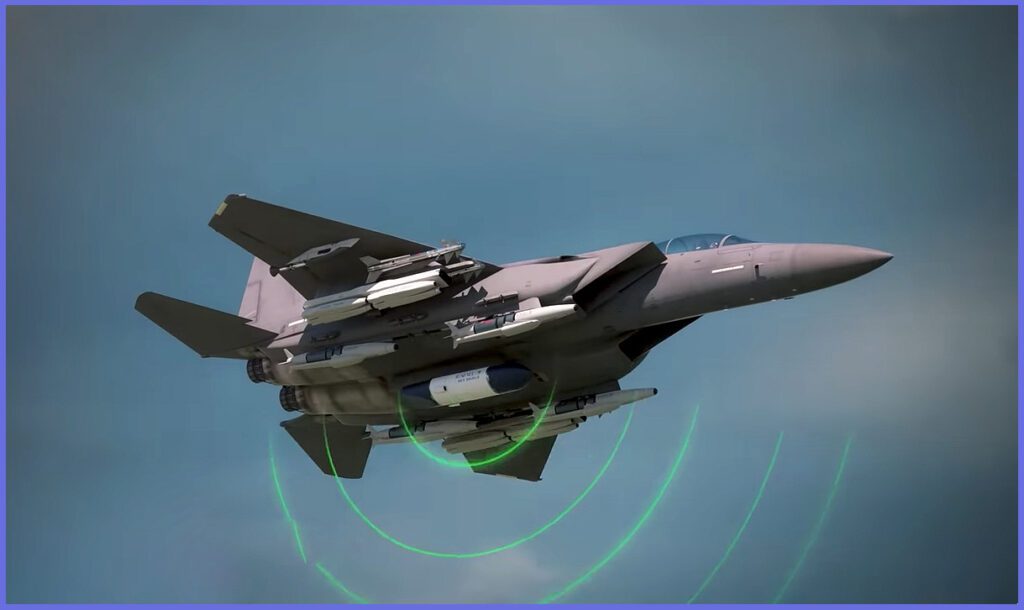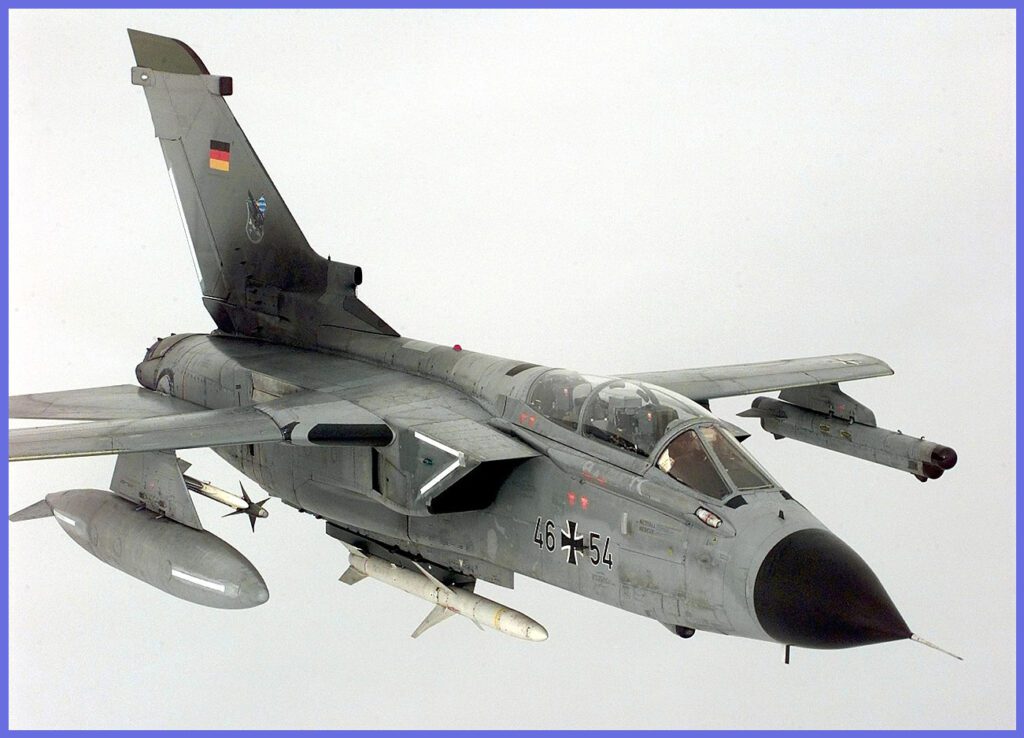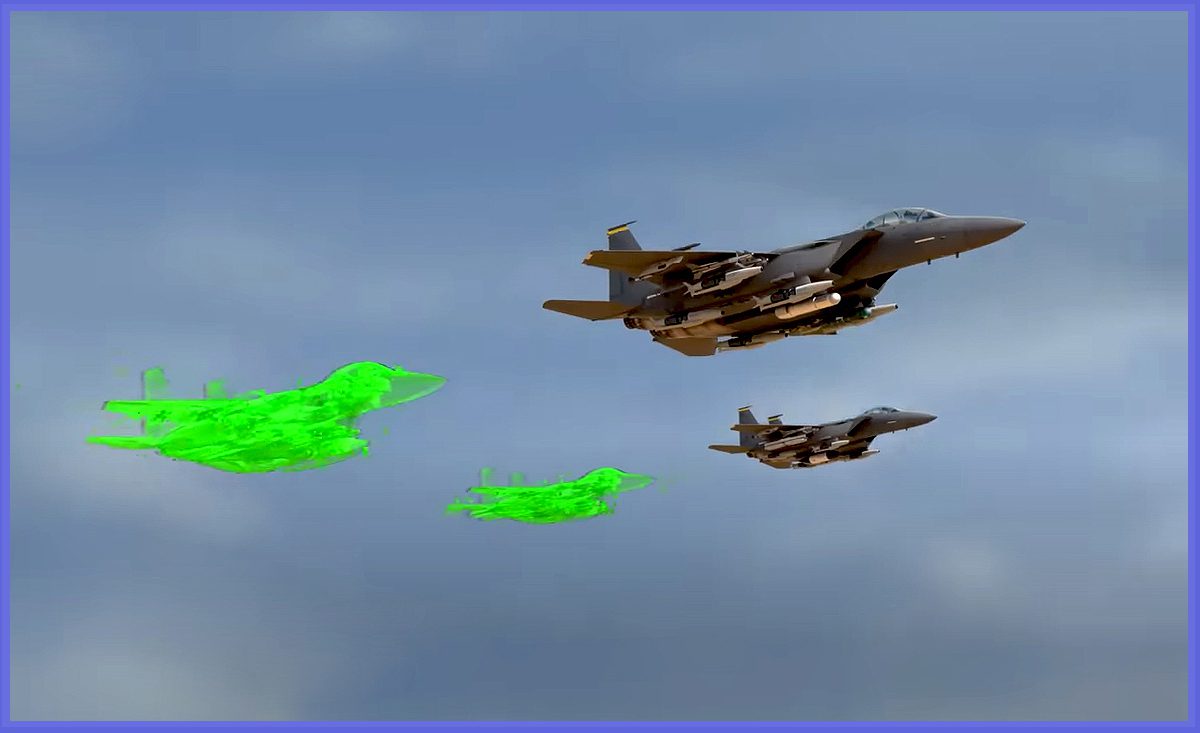In modern warfare, Electronic Countermeasures (ECM) play a pivotal role in shaping the battlefield and protecting assets. The Importance of Electronic Countermeasures in Warfare, especially in the 21st century, requires a special dedicated force to maintain the task with accuracy until they exhaust every resource available to achieve the unprecedented goal.
These systems disrupt enemy communications, radar, and targeting, creating confusion and reducing effectiveness. Winning a war, whether on a small scale or over a long duration, necessitates dedicated electronic countermeasures from the very beginning; otherwise, achieving overall dominance or at least air dominance is almost impossible.

Jamming the Enemy: The Role of Electronic Countermeasures in Modern Warfare
Electronic countermeasures (ECM) comprise a variety of defensive strategies used to disrupt or deceive enemy electronic systems, especially those utilized in radar and communication networks.
ECM systems are integral to contemporary warfare, intended to diminish or nullify the efficacy of hostile sensors and communication devices, thereby bolstering the survivability of military assets and personnel.
These systems may create illusions for the enemy by making multiple decoy targets appear, or by causing the actual target to seem to vanish or manoeuvre unpredictably.

These countermeasures function by emitting electronic signals that disrupt or befuddle enemy sensors, complicating adversaries’ abilities to accurately detect, track, or target friendly assets.
ECM techniques encompass jamming, which inundates enemy radar or communication frequencies with noise or false signals to overpower or mislead their systems. This tactic is effectively employed to safeguard aircraft from guided missiles. Other ECM methods entail the deployment of decoys, chaff, or flares to divert incoming missiles or bewilder radar-guided weapons.

The majority of air forces employ ECM to safeguard their aircraft from potential attacks. Additionally, it has been utilized by military ships and, more recently, on advanced tanks to deceive laser/IR-guided missiles.
Often, it is paired with stealth advancements to facilitate the ECM systems’ effectiveness. Offensive ECM tactics commonly involve jamming. Defensive ECM strategies include utilizing blip enhancement and jamming missile terminal homers.
Additionally, sophisticated ECM systems may employ frequency-hopping, waveform modulation, or adaptive algorithms to evade detection and counter-detection by enemy electronic warfare assets.
The effectiveness of ECM depends on factors such as the sophistication of the adversary’s electronic systems, the strength of the ECM signals, and the agility of the defending platform in deploying countermeasures. As electronic warfare continues to evolve, ECM remains a critical element in the defence against modern threats in air, sea, and land-based operations.

Guardians of the Sky: The Vital Role of Aircraft ECM
Aircraft Electronic Countermeasures (ECM) involve disrupting enemy radar and communication systems to enhance the survivability of friendly attack aircraft in contested environments.
Practised by nearly all modern military units, ECM primarily relies on aircraft, which can cover larger areas than sea or land-based units. When deployed effectively, ECM can prevent aircraft from being tracked by search radars or targeted by surface-to-air and air-to-air missiles.
Aircraft ECM can be in the form of attachable underwing pods or integrated into the airframe itself. Some fighter planes, employing conventional electronically scanned antennas, opt for dedicated jamming pods. Alternatively, air forces like those of the US, Germany, and Italy may utilize dedicated electronic warfare aircraft to carry ECM systems.

ECM pods come in a range of power and capability levels. Although many fighter aircraft can carry ECM pods, these tend to be less potent, and capable and have a shorter range compared to the equipment installed on dedicated ECM aircraft. Consequently, dedicated ECM aircraft are crucial components of any air force’s arsenal.
The development of the Next Generation Jammer aims to replace the existing AN/ALQ-99 system carried on the E/A-18G Growler electronic warfare aircraft. Achieving Initial Operating Capability in 2021, it will utilize a small AESA antenna divided into quadrants to ensure comprehensive coverage while maintaining highly directional jamming capabilities.
Primarily tasked with the suppression of air defences, these aircraft are designed to offer modified escort jamming capabilities from beyond the effective range of known surface-to-air missiles.

The Tactical Wizard: Understanding the Duties of an Electronic Warfare Officer
An Electronic Warfare Officer (EWO) is a specialized member of the flight crew responsible for managing and operating electronic warfare systems aboard military aircraft. Tasked with maximizing the aircraft’s electronic warfare capabilities, the EWO plays a critical role in enhancing mission effectiveness and survivability in hostile environments.
These officers are specialists in finding, identifying, and countering air defence systems, as well as radar-, infrared-, and optically guided surface-to-air missiles, anti-aircraft artillery, and enemy fighter planes.
Using advanced electronic warfare equipment, the EWO can then employ countermeasures to disrupt or deceive enemy systems, including jamming radars, deploying decoys, or executing electronic attacks. In other aircraft, EWOs work to gather intelligence information on potential enemy air defence systems and communication systems.

In addition to their tactical duties, EWOs collaborate closely with the pilot and other crew members to develop and execute mission plans that leverage electronic warfare capabilities effectively.
They provide real-time intelligence on the electronic battlefield, advising the pilot on threat assessments and recommending appropriate countermeasures. EWOs undergo extensive training to master the operation of complex electronic warfare systems and tactics and adapt to rapidly evolving technological advancements and tactics employed by adversaries.
Overall, the Electronic Warfare Officer’s expertise and situational awareness are invaluable assets in ensuring mission success and aircraft survivability in challenging operational environments.

In summary, Electronic Countermeasures (ECM) are extremely important in modern warfare. They have a big impact on how battles unfold and how we protect important things.
In the 21st century, with all our advanced technology, it’s really important to have special forces who are good at using ECM very precisely and persistently. ECM messes up the enemy’s communication and radar systems, making it hard for them to do anything effectively.
This helps keep our military operations safe and successful. As warfare changes, ECM stays important, protecting us from new dangers and helping us achieve our goals. It’s like a guardian, always there to keep missions and people safe, and it will continue to be important in the future of warfare.

1 thought on “The Importance of Electronic Countermeasures in Warfare”